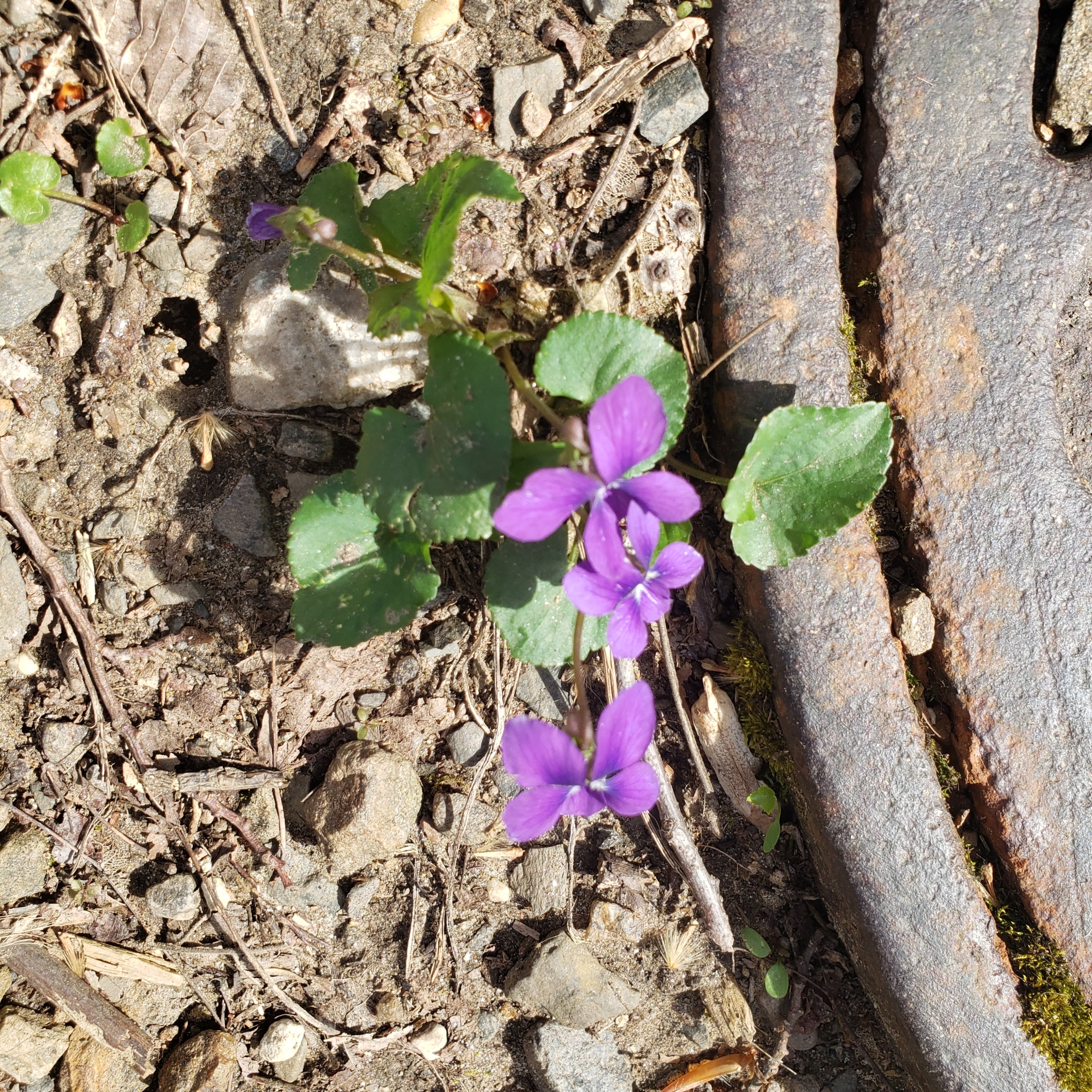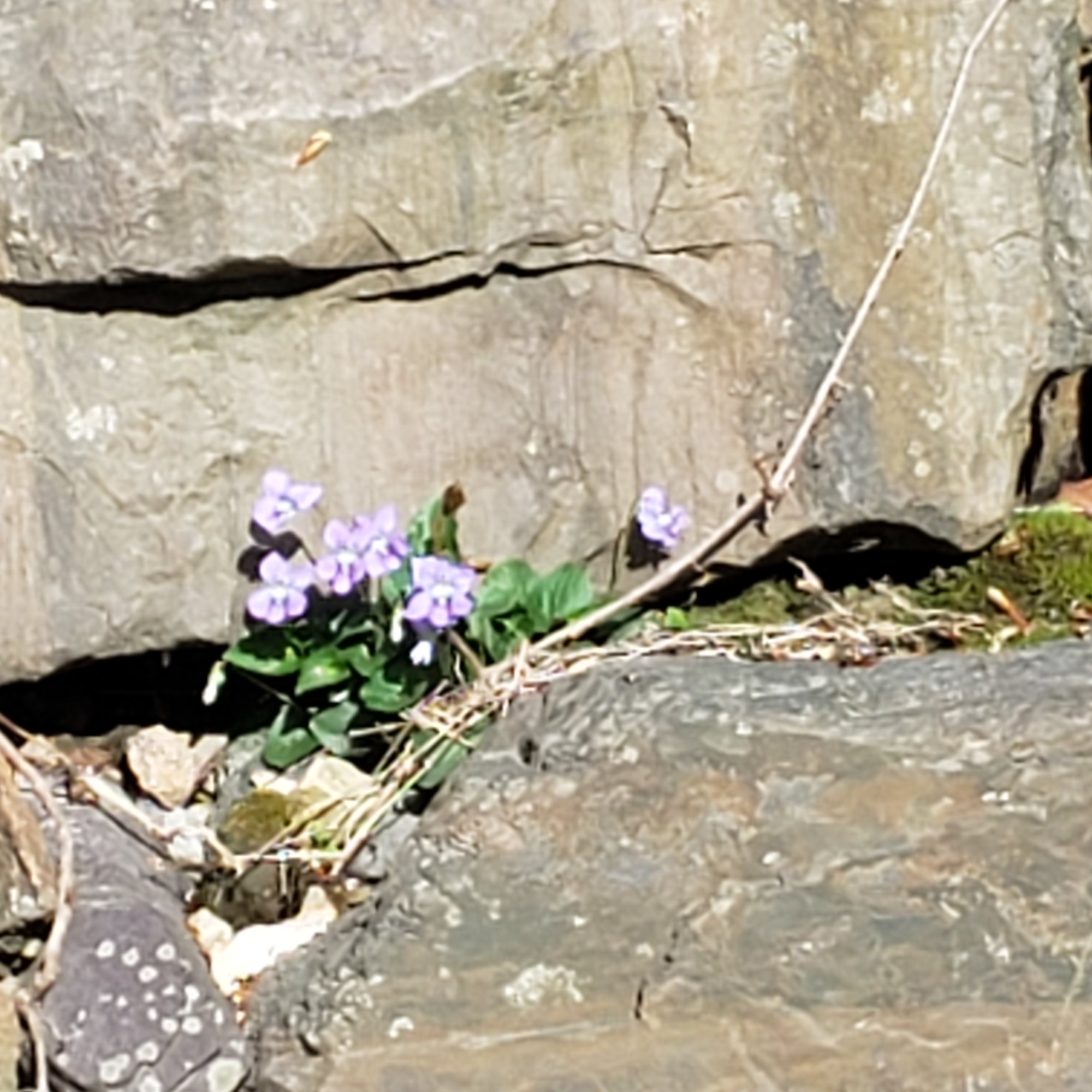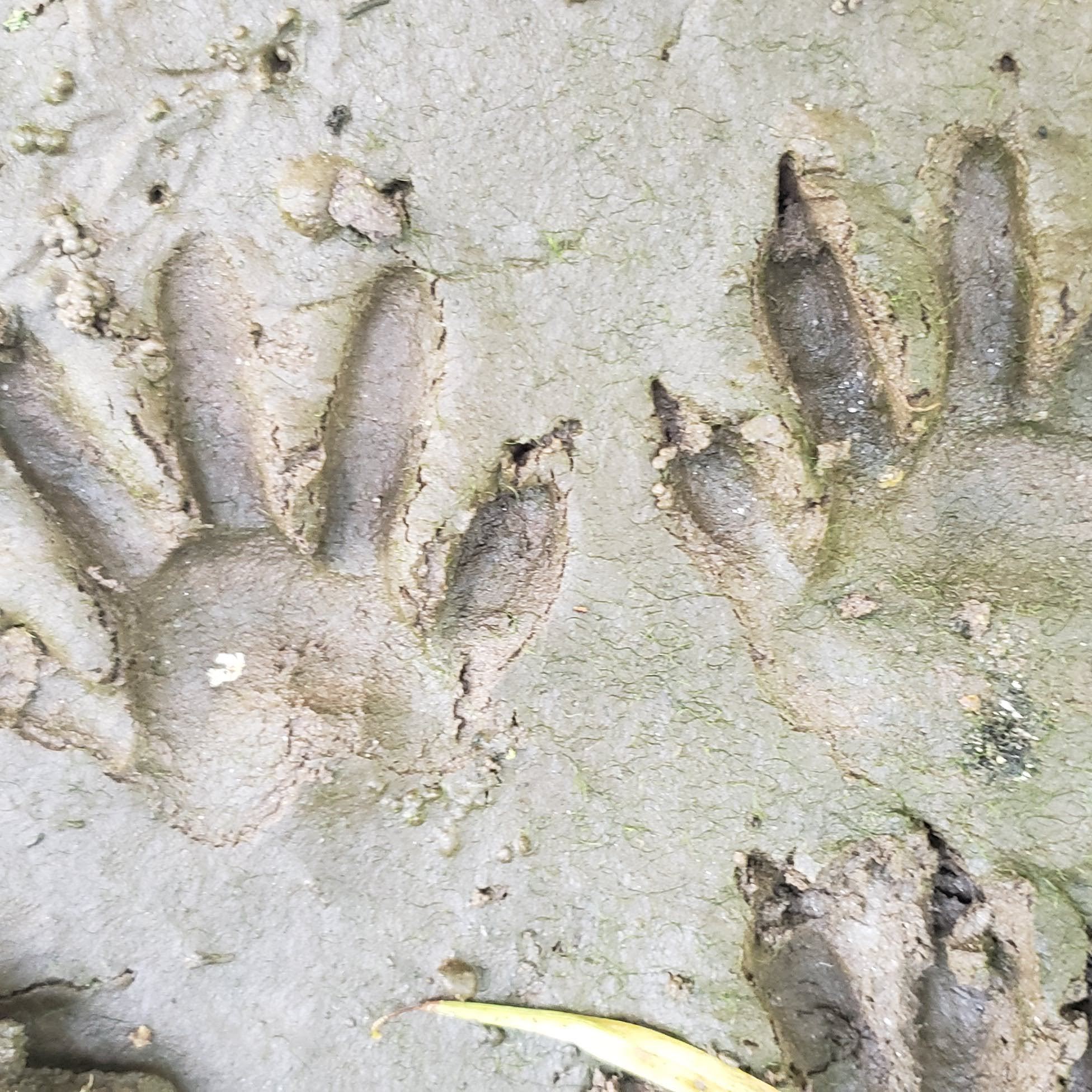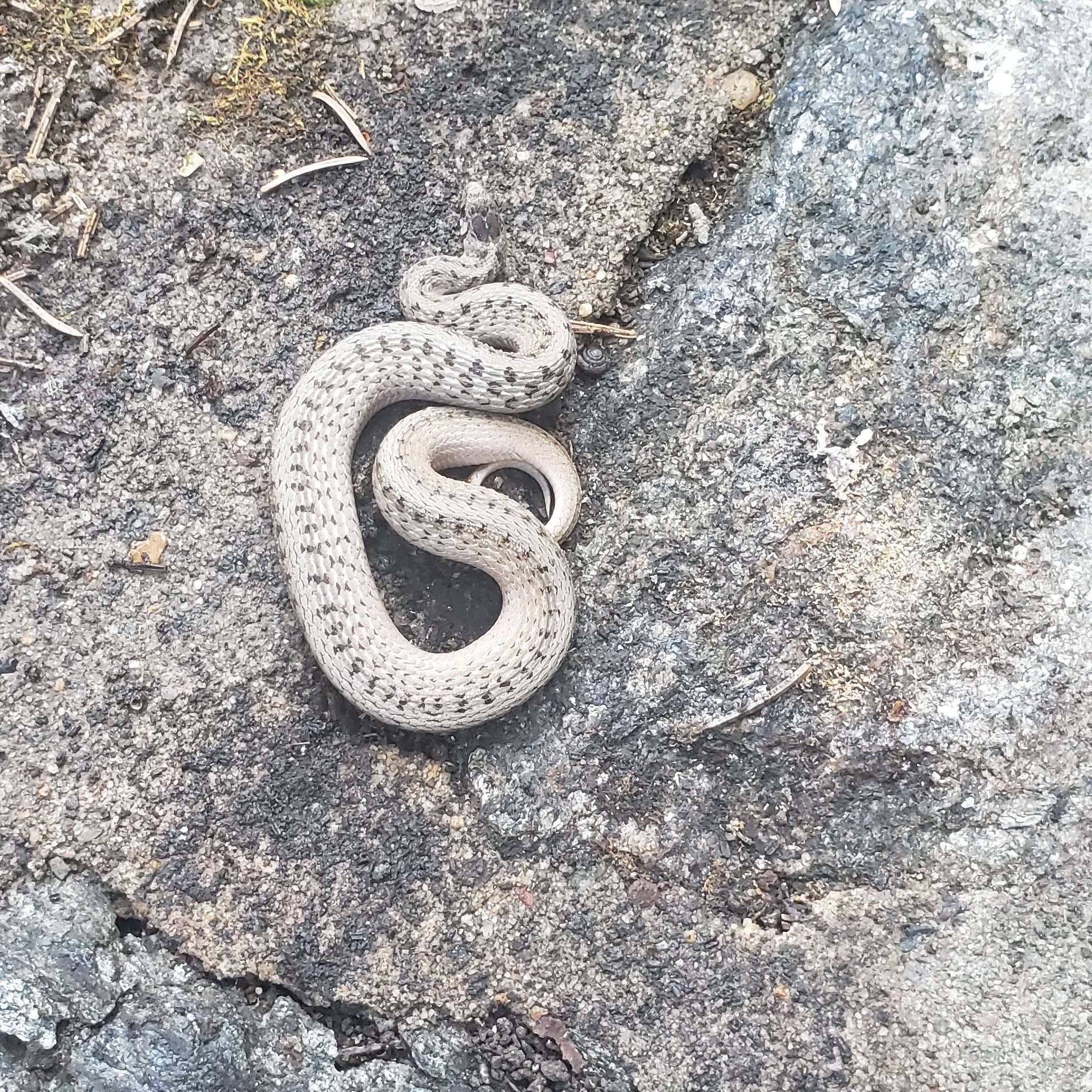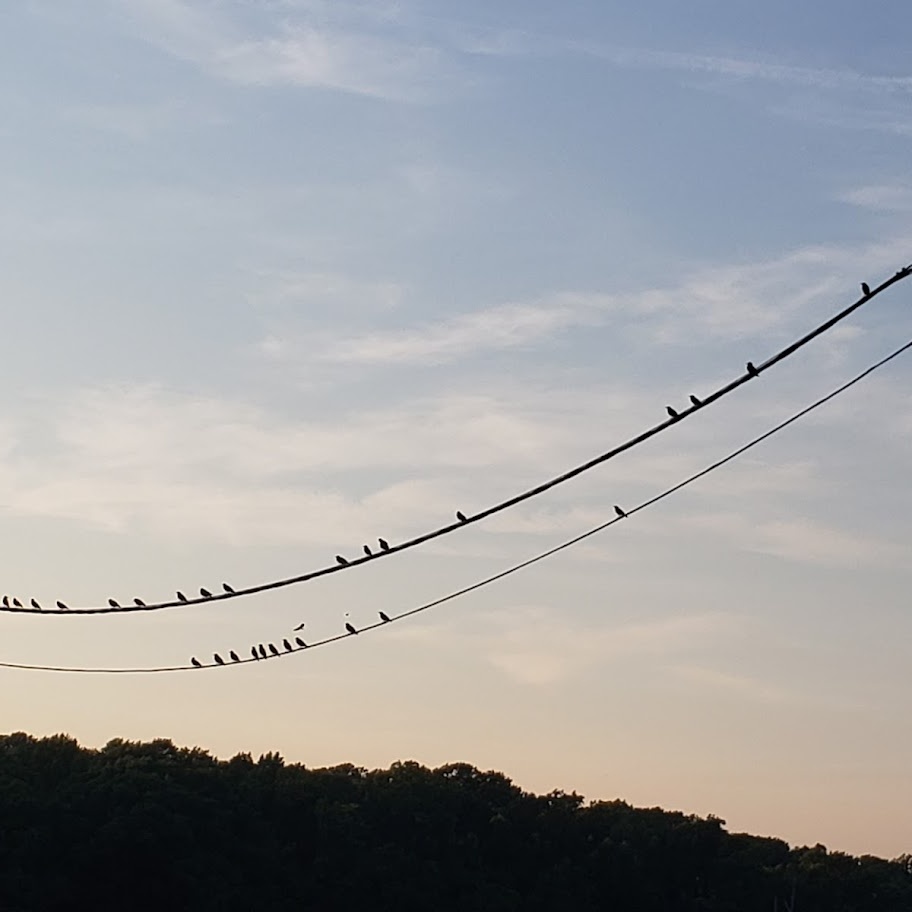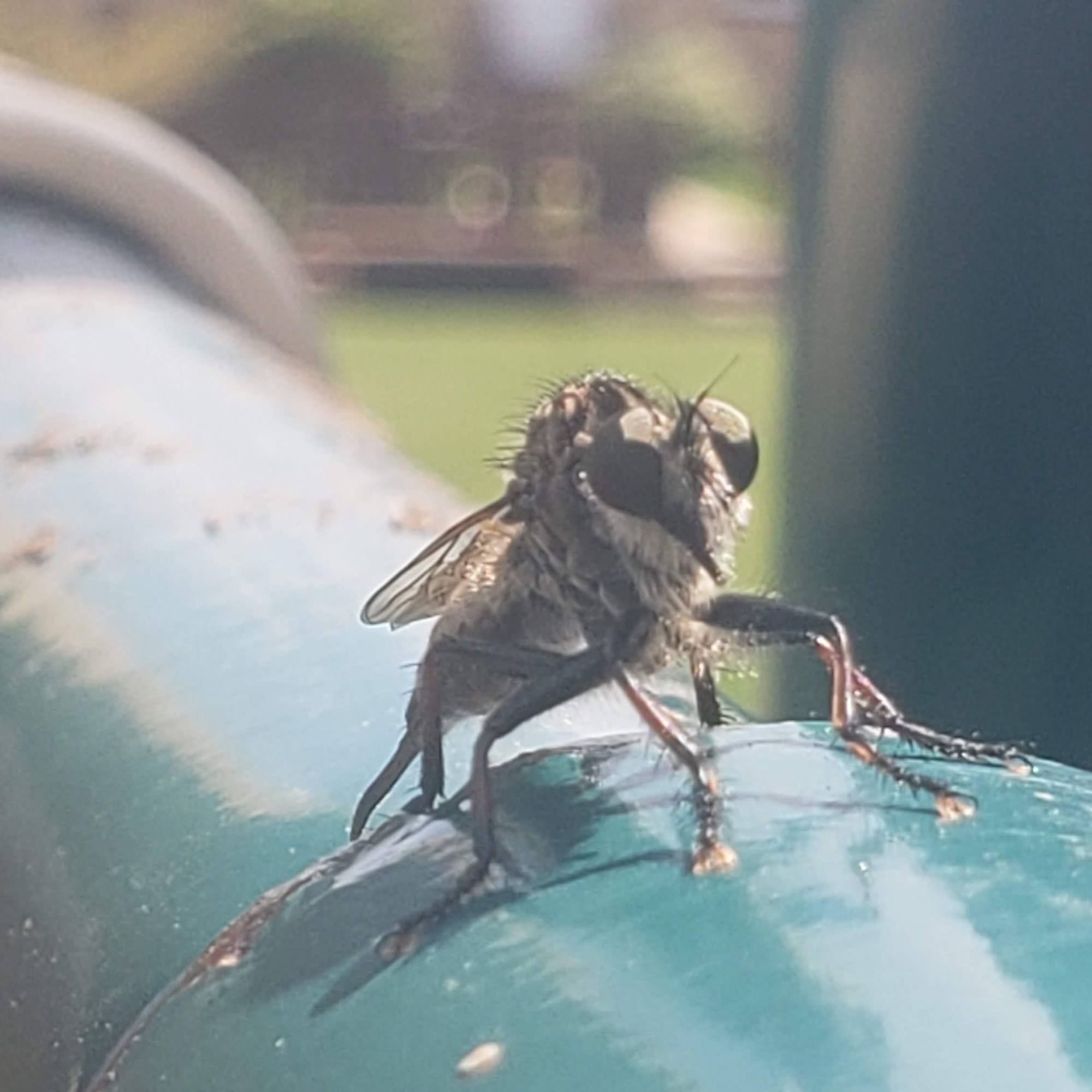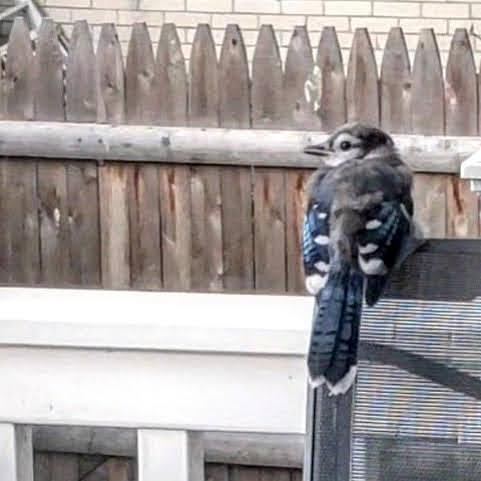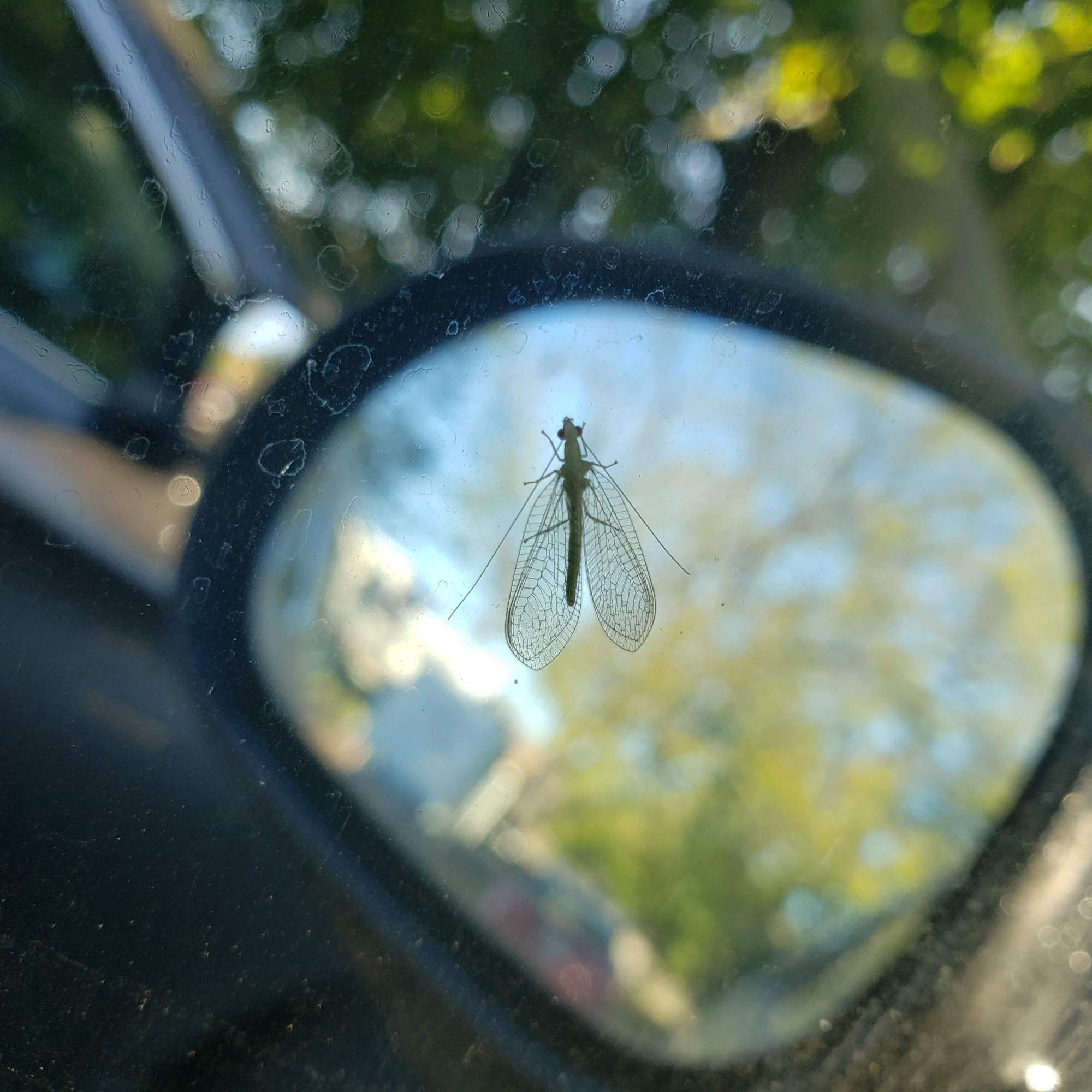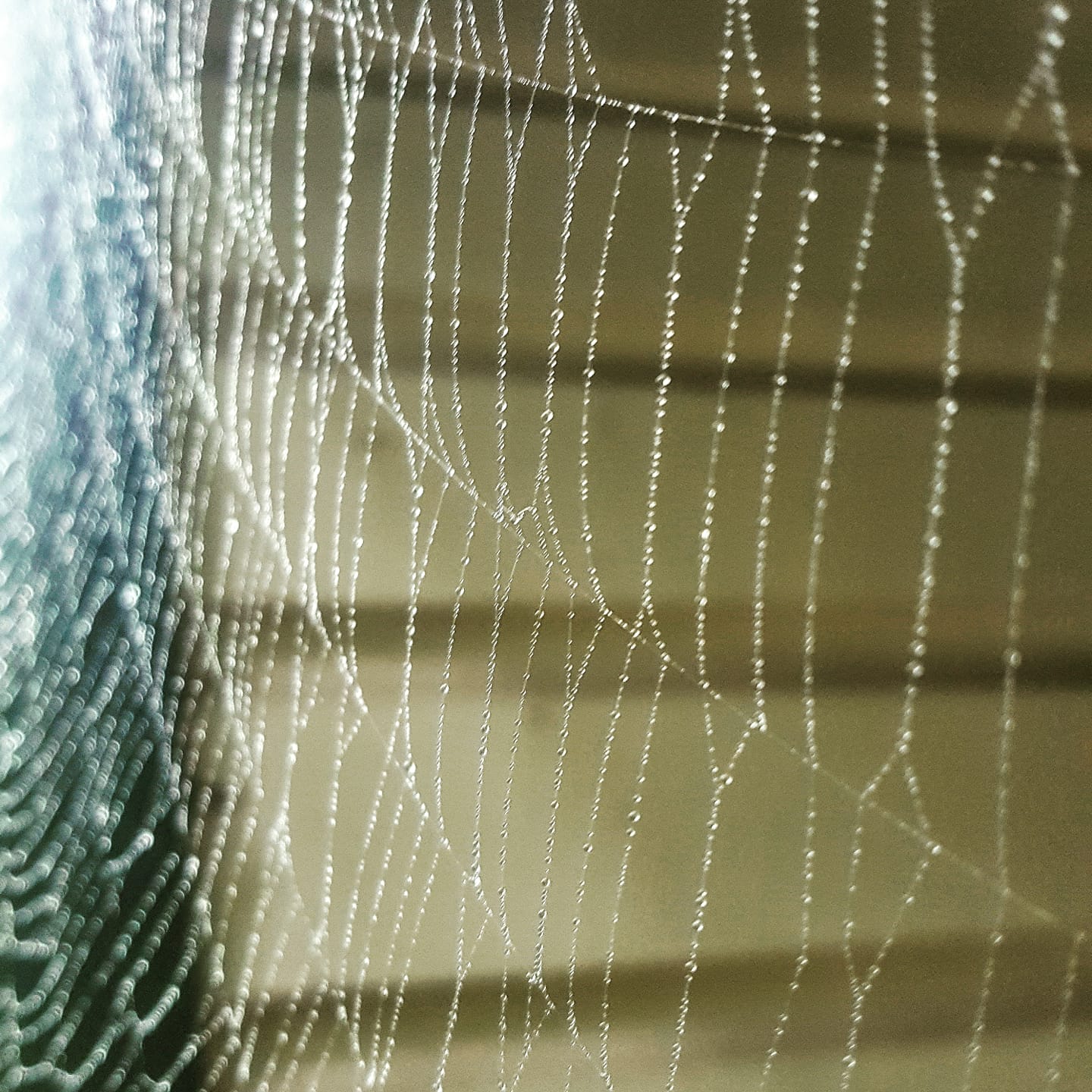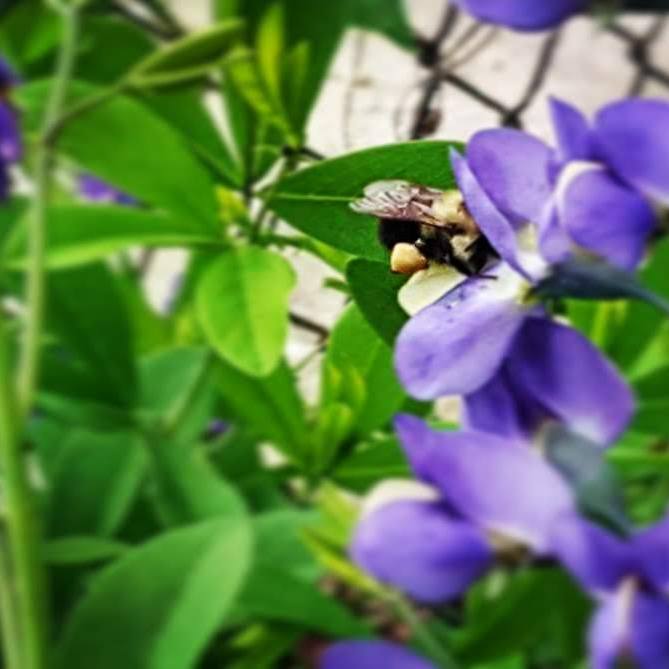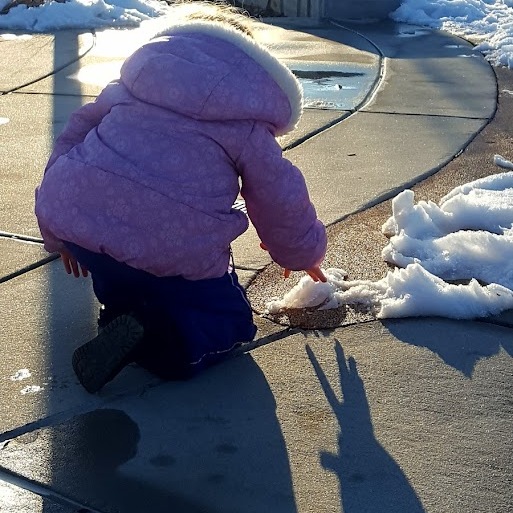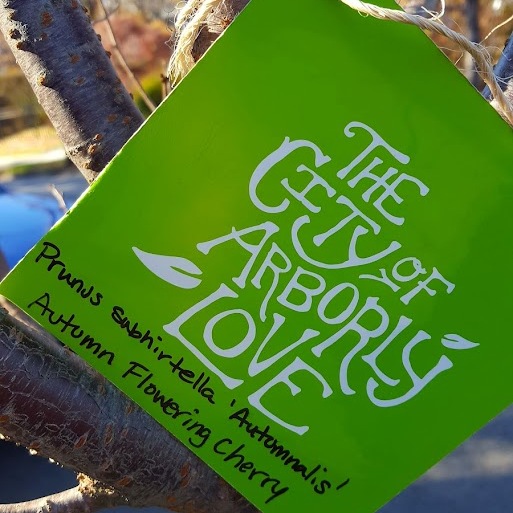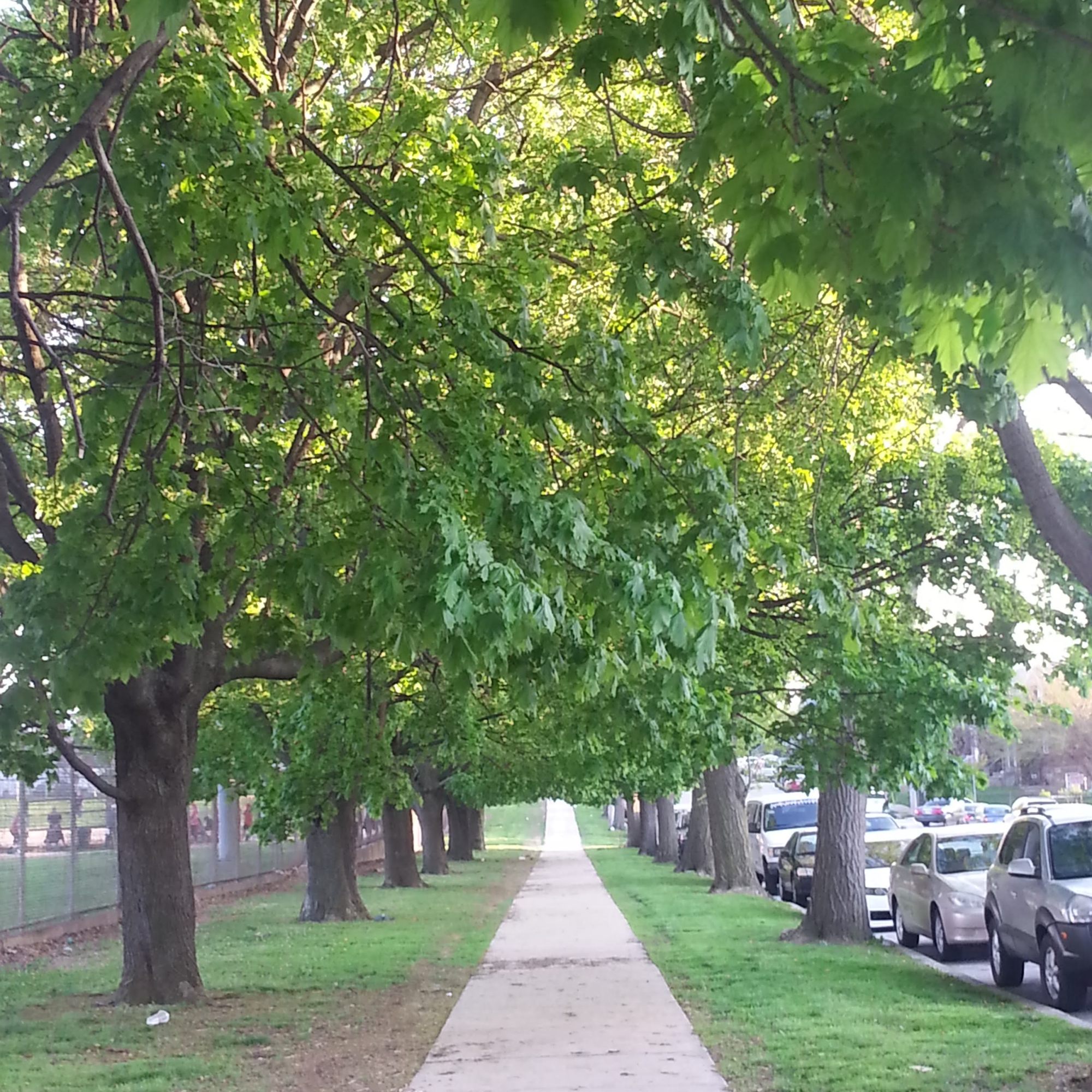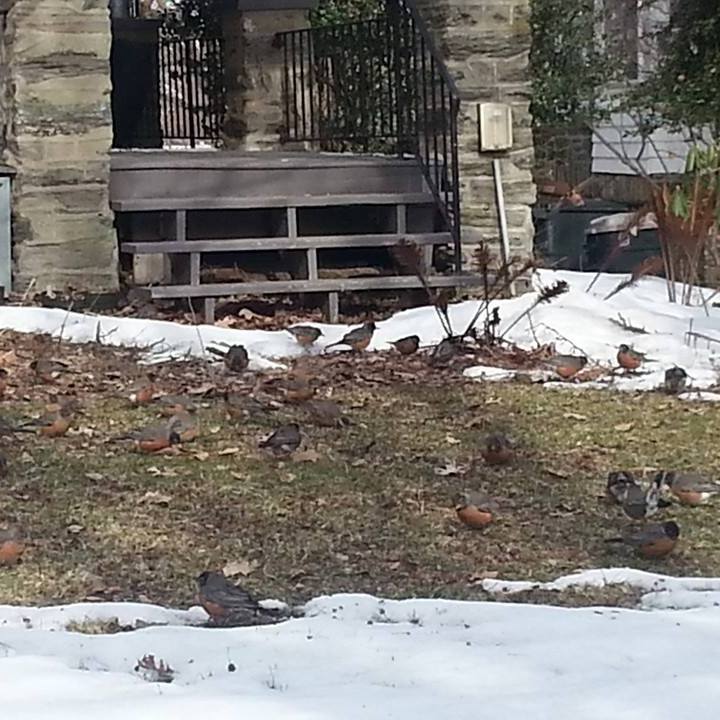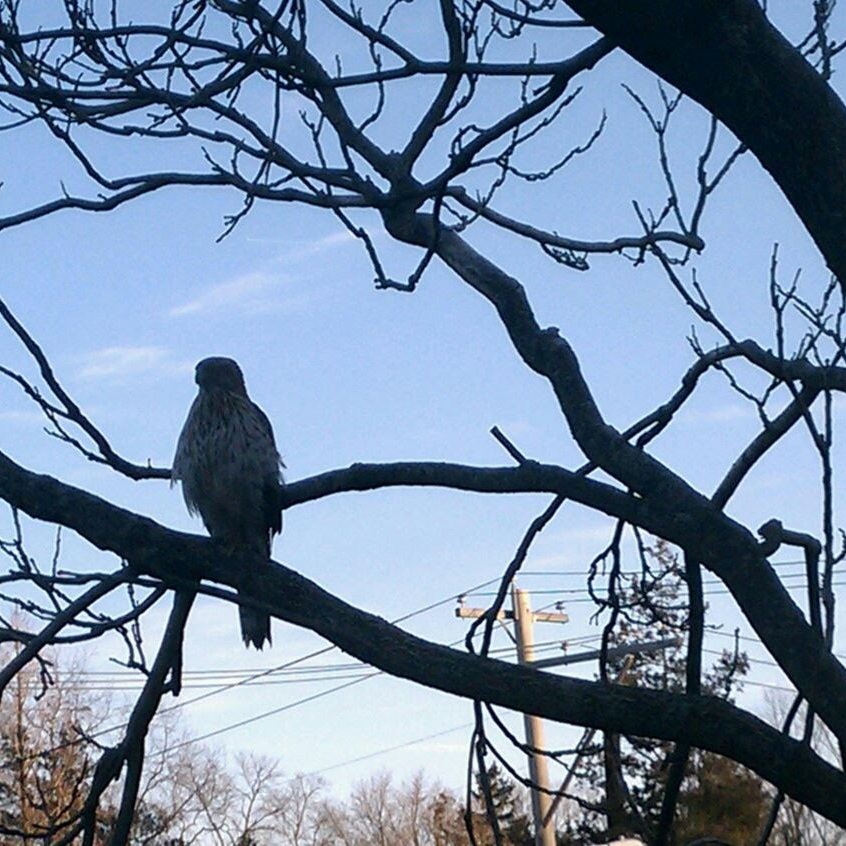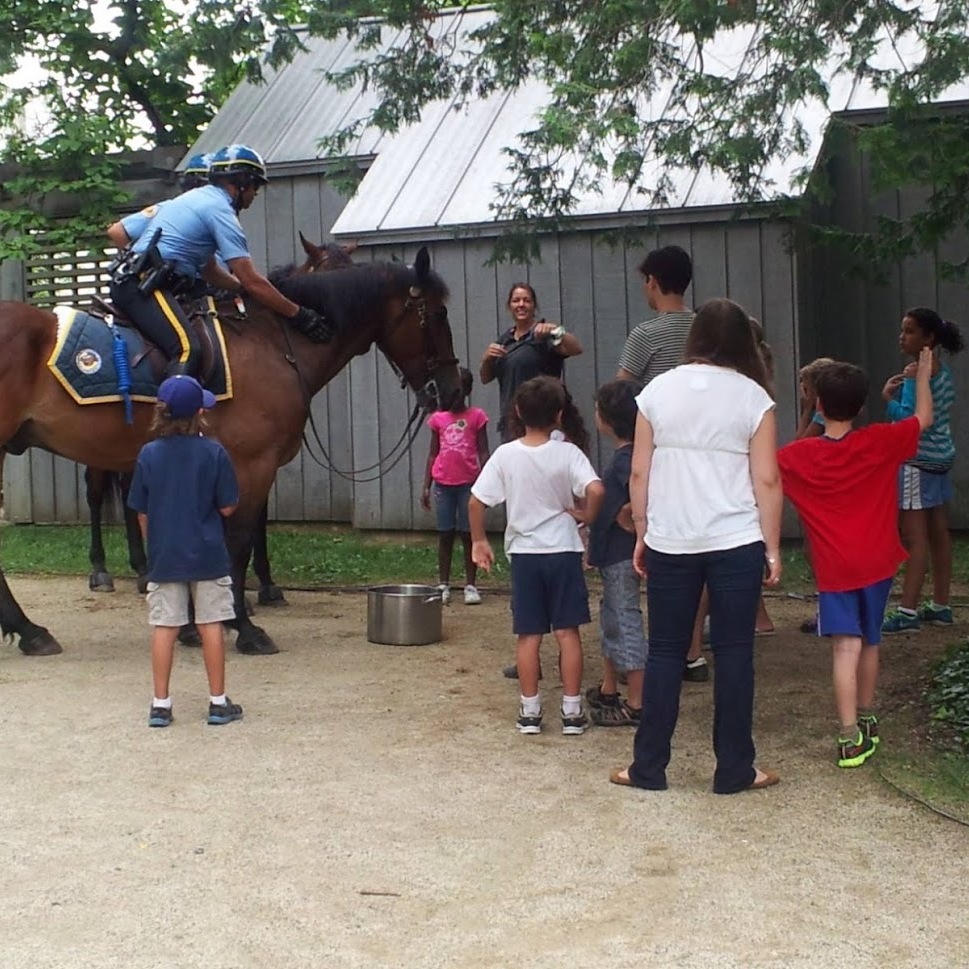What's in your naturehood?
by Christina N. Moresi, M.Ed. (She/They), Environmental Education Planner, Pennypack Environmental Center
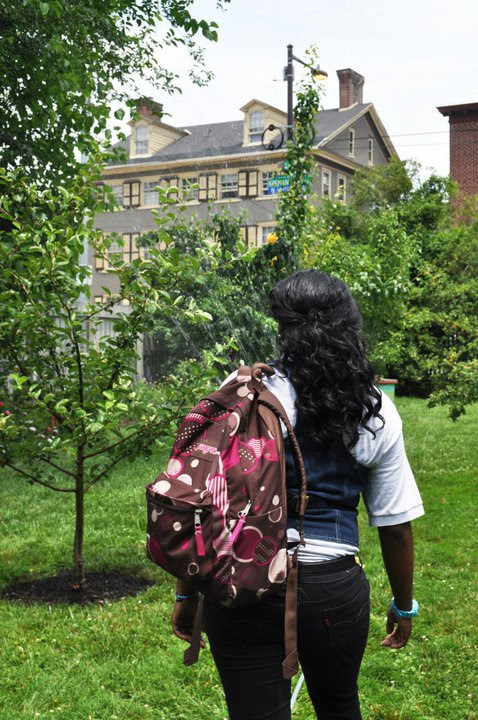
Spring is officially here! At Pennypack Environmental Center, nature is awakening and our educational enrichment is once again immersed in its transformation. Nature is all around us yet many do not recognize it in their neighborhood, but rather thinking of it only as a place to visit.
In addition to Philly’s expansive park system, we also have a growing tree canopy, orchards, food forests, farms, arboretums, and/or gardens in every neighborhood. Looking beyond these destinations, however, is the single street tree on the block, or the clump of flowers planted in pots, or even the dirt filled cracks in the sidewalk where ant hills appear. Nature is everywhere.
The more you look the more you see. And the more you see, nature's diversity becomes more apparent, as does the connections that cycle right back to humans, parks, and recreation.
Connecting neighbors and neighborhoods with nature has proven benefits. Some with an obvious connection, such as cleaner streets, improved air quality, fresher food options and lower temperatures. Also connected, and somewhat surprising, is the correlation between green spaces and lower crime rates and mental health. (And perhaps to be discussed in another article, the correlation and inequity of the locations of these green spaces, trees, and the socio-economic status of a neighborhood.)
The importance of environmental education in Parks and Recreation is for every neighborhood to reap the benefits of nature, and understand that the consequences of our actions, good or bad, directly impact our drinking water and ultimately our quality of life.
Programming and operations at recreation and environmental centers are vital to nurturing neighborhood nature. These centers are positioned to already have adults, children, and families visiting regularly. By adding features such as native bee houses, bird houses and feeders, native plants, rain barrels, gardens, and informative signs, visitors will become engaged and begin seeing nature as a part of their neighborhood. These self-guided opportunities to learn will open people up to learn more through direct programming.
Anytime myself or my niblings are playing sports at a recreation center, as an environmental educator, I immediately notice the wealth of opportunities for nature experiences, formal and informal. For example, while playing outfield, I looked up to notice bats eating the moths that fluttered around the lights. This prompted me to create ballfield specific lessons such as Ballfield Bugs, and Bats in the Outfield. These and other outreach lessons help visitors to see past pigeons and squirrels and into seeing their familiar surroundings as a larger habitat for diverse plants and animals.
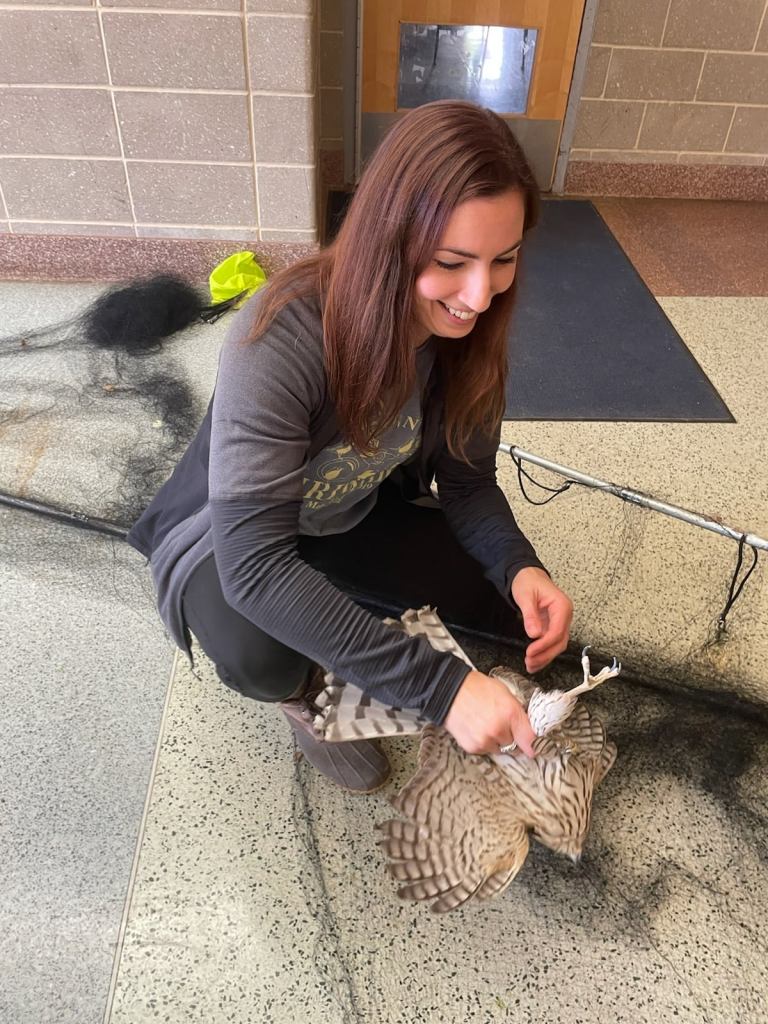
What are the bugs that are being skimmed out of the pool, or the trees that leave seeds and leaves all over the fields? Why do Ginkgo tree nuts stink when they are crushed under our spikes? What animal left their tracks in the baseball sand? Why do some areas of the field flood and others don’t? What species of hawk flew into the recreation center? (True story.)
Partnerships are also invaluable, especially if nature education is not a skill that teachers or recreation leaders can offer on their own. By utilizing environmental centers, water departments, nonprofits, and local experts new, quality programming can be brought to the community. If that isn’t an option, apps like iNaturalist enables even the newest person to nature to identify and learn all about the species in an area. Apps are a great way to inspire visitors to want to learn more.
Nature is already present at our centers and on our blocks in exponential numbers, we just need to show each other where to look, and how to see its value.
